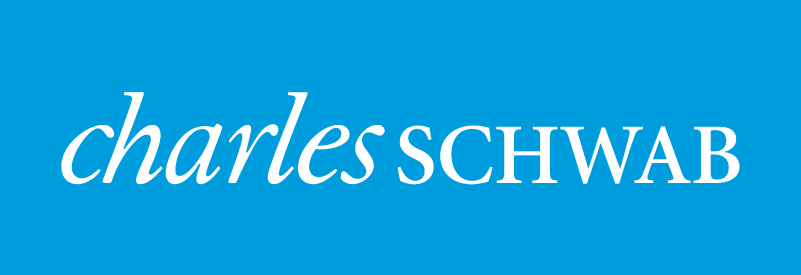September closed out the third quarter on a relatively positive note with global equities posting respectable gains. Small caps continued to outperform large caps in September, maintaining the technical leadership they began to assert back in July. From a sector standpoint, technology and energy maintained the market leadership they displayed throughout the third quarter, highlighting the rotation out of first half 2016 winning sectors of utilities and telecoms into some more aggressive sectors of the market. Non-U.S. equity markets were up over 1% in September, aided by a declining dollar and a rally in commodity prices.
Bond markets weathered a mid-month climb in interest rates, but ultimately reverted back to where they started, while credit spreads compressed back toward cyclically tight levels in sympathy with a continued appetite for risk and yield. Commodity markets outperformed most other assets in September, up 3.1%, aided by a declining U.S. dollar and a robust rally in crude oil. Energy and agricultural commodities were up over 4%, industrial metals rose 5.2%, while precious metal gains were muted with gold +0.5%.
All four major global central banks held widely anticipated meetings during the month which garnered the lion’s share of market headlines. Policy announcements from the ECB (9/8), BOE (9/15), BOJ (9/21), and Fed (9/21) were met with mixed reviews. The ECB and BOE underwhelmed investors by holding steady on both interest rates and bond buying programs. Investors had hoped for more action to stimulate lackluster European growth. The Fed narrative could be best described as a ‘hawkish hold’, meaning they held steady on interest rates but signaled an increasing likelihood for a hike at their year-end meeting in December. Meanwhile, the BOJ opted to push their initiatives even deeper into unchartered waters. The BOJ is now targeting a 0% yield on the 10yr JGB, with a floor below and ceiling above, essentially managing the shape of the yield curve. They also took an unprecedented step of signaling their intent to ‘overshoot’ their inflation target of 2%, striking an even more aggressive posture. The moves in Japan didn’t seem to phase market participants as the yen strengthened in the days following the BOJ meeting and had the strongest finish of all major currencies for the month, +2.1% – much to the chagrin of the BOJ. Regarding global central bank policy, it seems that the tail is losing its ability to wag the dog.
From an economic standpoint, the September data maintained the slight negative trend that has been in place since mid-August with regard to negative surprises versus estimates. Housing remained resilient with tight supply of existing and new homes at 5mo and 3.2mo respectively, which is at or near multi decade lows. At the same time, housing demand, as measured by housing starts, is still running only 65% of long term average levels. Job numbers are being closely watched from a Fed perspective and September’s increase of 156,000 jobs was not hot enough to make a strong case for an FOMC rate hike, nor was it cool enough to take it off the table.




Leave a Reply